- Category
- War in Ukraine
Ukraine’s Engineers Just Made New 40+ Km Strike Drones Affordable. Here’s What It Took
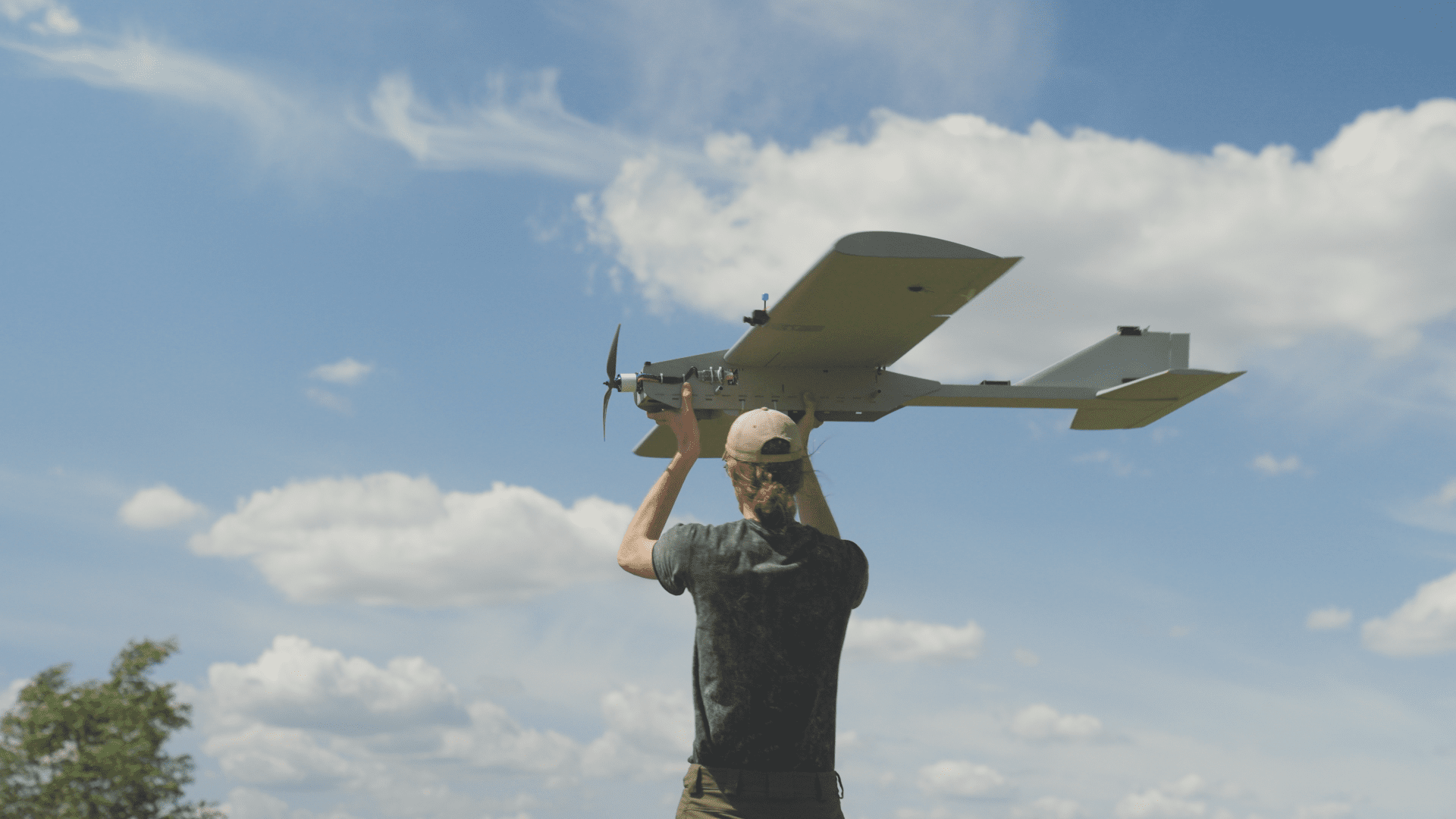
Ukraine’s frontline is now not only long but wide, saturated with drones on both sides. The threat zone stretches up to 20 km in depth, complicating logistics, rotations, and even forcing equipment to be pulled back over 30 km from the contact line. To reach it, Ukraine is creating a new type of UAV.
In a field somewhere in the Kyiv region, dozens of drone manufacturers gather alongside the soldiers who may one day operate them. The developers come to showcase their work, and the military comes to assess what their units can use. BRAVE1 organized the trials. The goal is to demonstrate how engineers are advancing UAVs capable of flying over 40 km (25 miles).
We spoke directly with drone engineers and company leads during the trials to get an exclusive inside look.
Smarter, cheaper, deadlier
All tested models are fixed-wing aircraft, a form best suited for long-range missions due to their higher speed and more efficient aerodynamics. Their shape and size increase both range and payload capacity. These drones can perform diverse missions: reconnaissance, strike operations, and even transportation. They can deliver FPV drones to a location, drop them off for the mission, and then return to base. This type of “aviation” is ideal for targeting vehicles, ammo depots, command posts, or enemy troop concentrations.
The developers face several key objectives, one of which is mass production, which means the drones must be affordable. Most are priced from 50,000 UAH (about $1,200), which is cheaper than a DJI Mavic. The upper limit typically doesn’t exceed $4,000–$5,000.
Such affordability allows multiple drones to be deployed in a single mission without concerns over potential losses. Even launching five to ten drones to strike, say, an ammo depot, is economically viable. Ukrainian engineers have already mastered this approach.
Communication at long range
Two other major challenges: extending flight range and solving all issues related to communications and video quality.
Although the official range cited in BRAVE1 trials is 40+ km (25 miles), most manufacturers report operational distances between 50 and 100 km (30-60 miles). Reaching these distances expands the list of potential targets—for example, Russian air defense systems that are usually pulled back from the front but can’t be too far if they’re to protect aircraft. It also enables strikes on Russian logistics, ammunition warehouses, and more. However, this is not yet a true “DeepStrike” capability, which is why these UAVs remain vastly cheaper and simpler to produce.
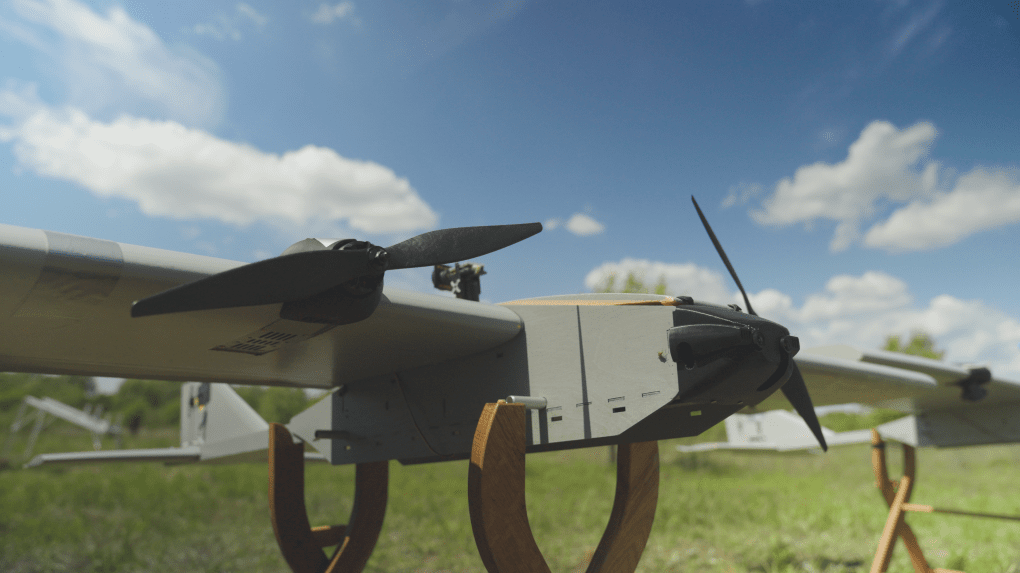
Manufacturers interviewed during the tests said they can already produce hundreds to thousands of drones per month, thanks to streamlined processes. The eight teams at the trials weren’t just showcasing—they were simulating real-world conditions: flying 40+ km and hitting targets. These were full-scale tests. Simultaneously, some drones are undergoing combat testing at frontline units, which provides feedback on improvements.
Perhaps the biggest obstacle is communication. When a UAV flies over 40 km, a standard antenna at the launch site isn’t sufficient, even if it’s elevated. To boost signal transmission, quadcopters can be deployed as aerial relays: hovering with antennas that pass the aircraft’s signal to the base. This method reduces natural obstructions like hills and counters the effects of enemy electronic warfare (EW) systems.
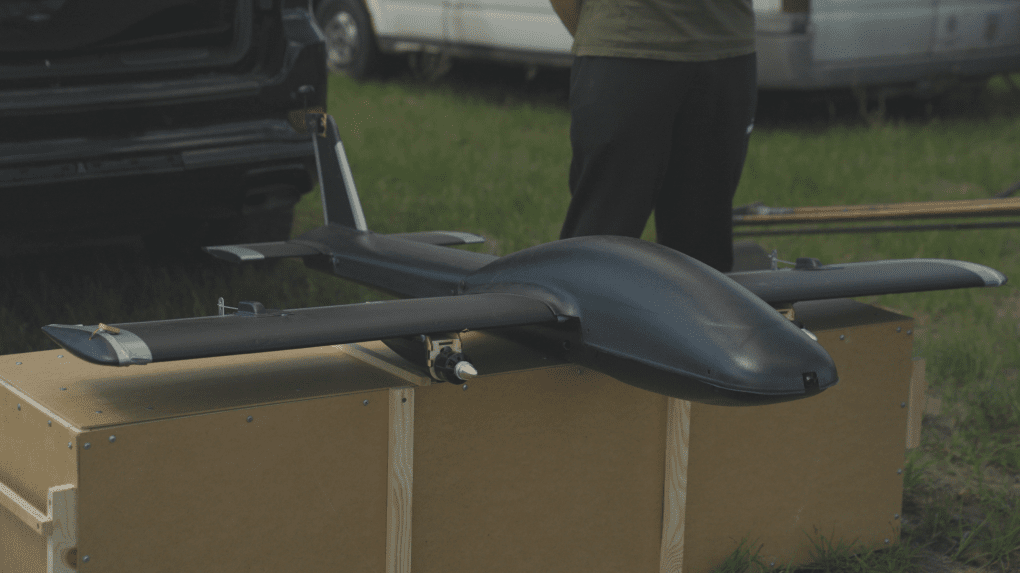
Another task for developers is delivering high-quality imagery, which is essential for effective drone control, precision targeting, and reconnaissance. Some teams handle this in-house; others work through partners or contractors. In either case, it’s one of the last remaining challenges—most of the others have been largely resolved.
This new type of weaponry enhances both Ukraine’s defense capabilities and troop safety. With extended range, drones can be launched from safer positions, far from Russian FPVs or artillery. Low cost allows for mass deployment, enabling complex, multi-drone operations. The list of potential targets also grows, now including high-value Russian assets like air defense or EW systems stationed far from the front. The next step: mass production and wide-scale deployment within Ukraine’s Armed Forces.
-29a1a43aba23f9bb779a1ac8b98d2121.jpeg)
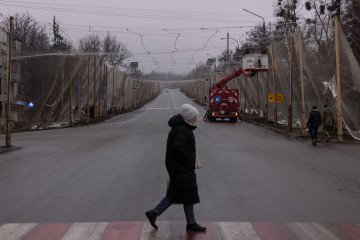
-f88628fa403b11af0b72ec7b062ce954.jpeg)
-b63fc610dd4af1b737643522d6baf184.jpg)

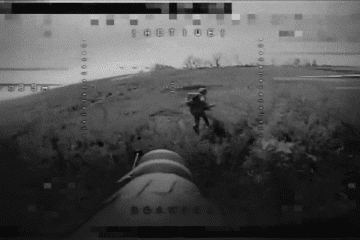
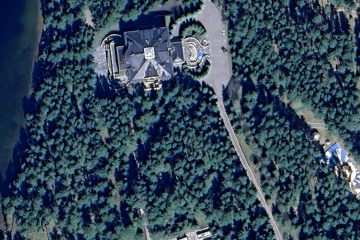
-24deccd511006ba79cfc4d798c6c2ef5.jpeg)